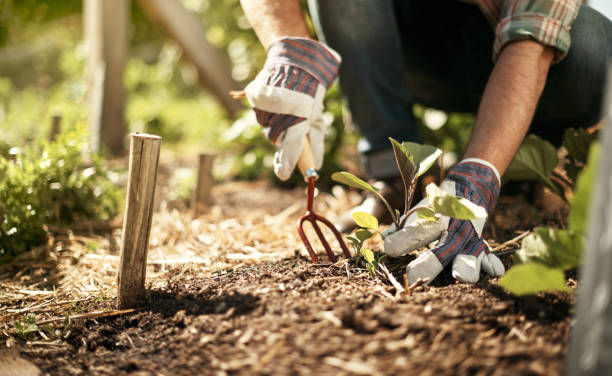Seasonal Gardening Guide: Tips for a Thriving Garden All Year Round
- bernadettepiperyb9
- Nov 10, 2023
- 2 min read

Whether you're a seasoned gardener or just starting out, having a seasonal gardening guide can help you plan and maintain a thriving garden throughout the year. Each season brings its own unique challenges and opportunities for your plants to flourish. By understanding the specific needs of your plants during each season, you can ensure they receive the care and attention they need to thrive. Let's explore some useful tips for each season to help you create a beautiful and productive seasonal garden.
Spring is a time of renewal and growth in the garden. As the weather warms up, it's important to start preparing your garden for the upcoming growing season. Begin by cleaning up any debris and dead leaves from winter and cultivating the soil. This will help improve drainage and remove any pests or diseases that may have overwintered.
Spring is also the perfect time for planting vegetables to plant in winter. Start sowing seeds indoors or directly in your garden, depending on the type of plants you're growing. Consider the specific requirements of each plant and ensure they receive adequate sunlight, water, and nutrients. Don't forget to provide support for climbers and stake tall plants to prevent them from bending or breaking.
Summer is the peak growing season, and with it comes the challenge of heat and intense sunlight. Watering is crucial during this time, especially during dry spells. Mulching your garden beds can help retain moisture and regulate soil temperature. Be sure to water in the early morning or evening to minimize evaporation and reduce the risk of fungal diseases.
Regularly check for pests and diseases, as they tend to thrive in warm weather. Use organic pest control methods whenever possible to protect your garden's ecosystem. Consider using companion planting techniques to deter pests naturally.
Fall is a transitional season where you'll need to prepare your garden for colder temperatures. Start by harvesting the last of your summer crops. Remove any diseased plants and clean up fallen leaves to prevent the spread of diseases and pests.
Consider planting cool-season crops like lettuce, kale, and spinach, which thrive in the milder temperatures of fall. Plant spring-blooming bulbs like tulips and daffodils to enjoy bursts of color in the upcoming season. Take advantage of the cooler weather to do necessary maintenance tasks such as pruning, fertilizing, and improving the soil.
Winter is a time of dormancy for many plants. Protect your garden from freezing temperatures by mulching around the base of plants, using protective covers, or bringing delicate plants indoors. Winter is also an excellent time to plan for the next growing season. Study seed catalogs and create a garden layout for the upcoming year.
Use this time to focus on indoor gardening projects such as growing herbs, maintaining houseplants, and setting up a seed-starting station. Take advantage of winter sales to purchase gardening tools and supplies at a discounted price.
A well-maintained garden requires your attention throughout the year. By following a seasonal gardening guide, you can maximize the potential of your plants and enjoy a bountiful harvest. Remember to adapt your gardening practices based on the specific needs of each season, and always stay curious and willing to learn new techniques. Happy gardening! If you probably want to get more enlightened on this topic, then click on this related post: https://www.britannica.com/science/gardening.


Comments